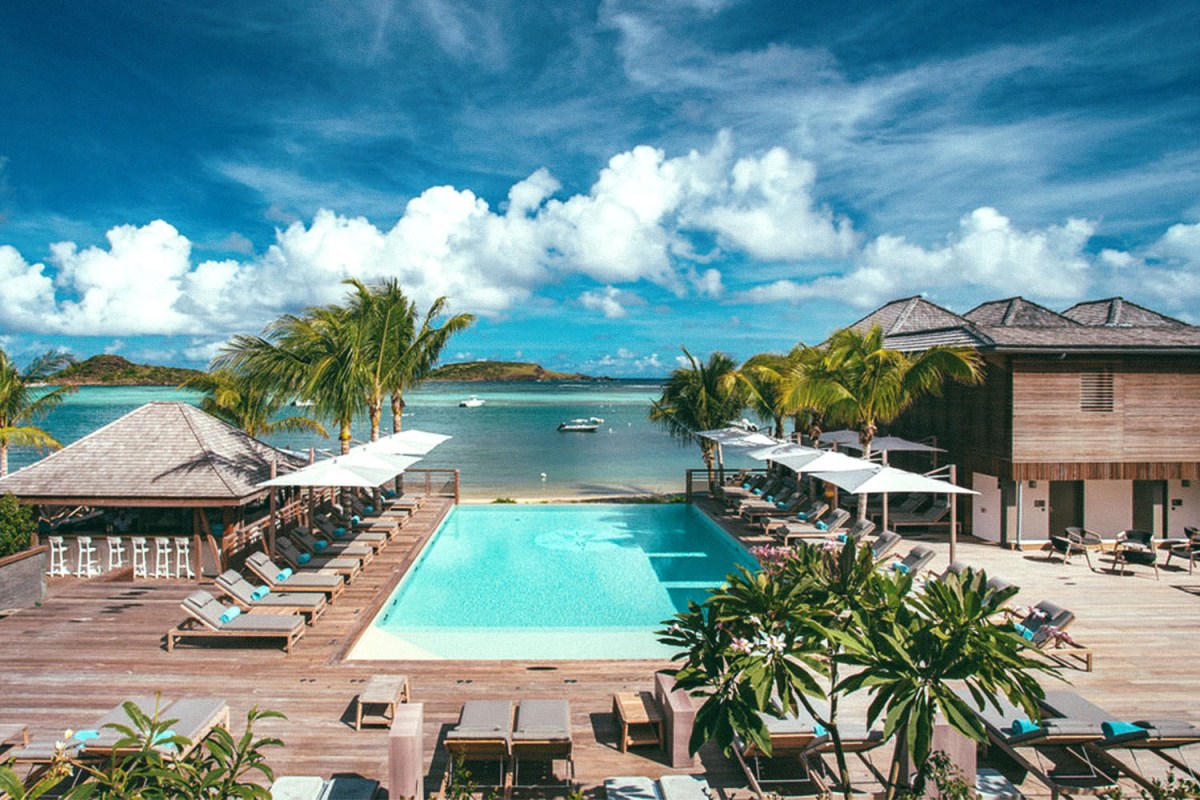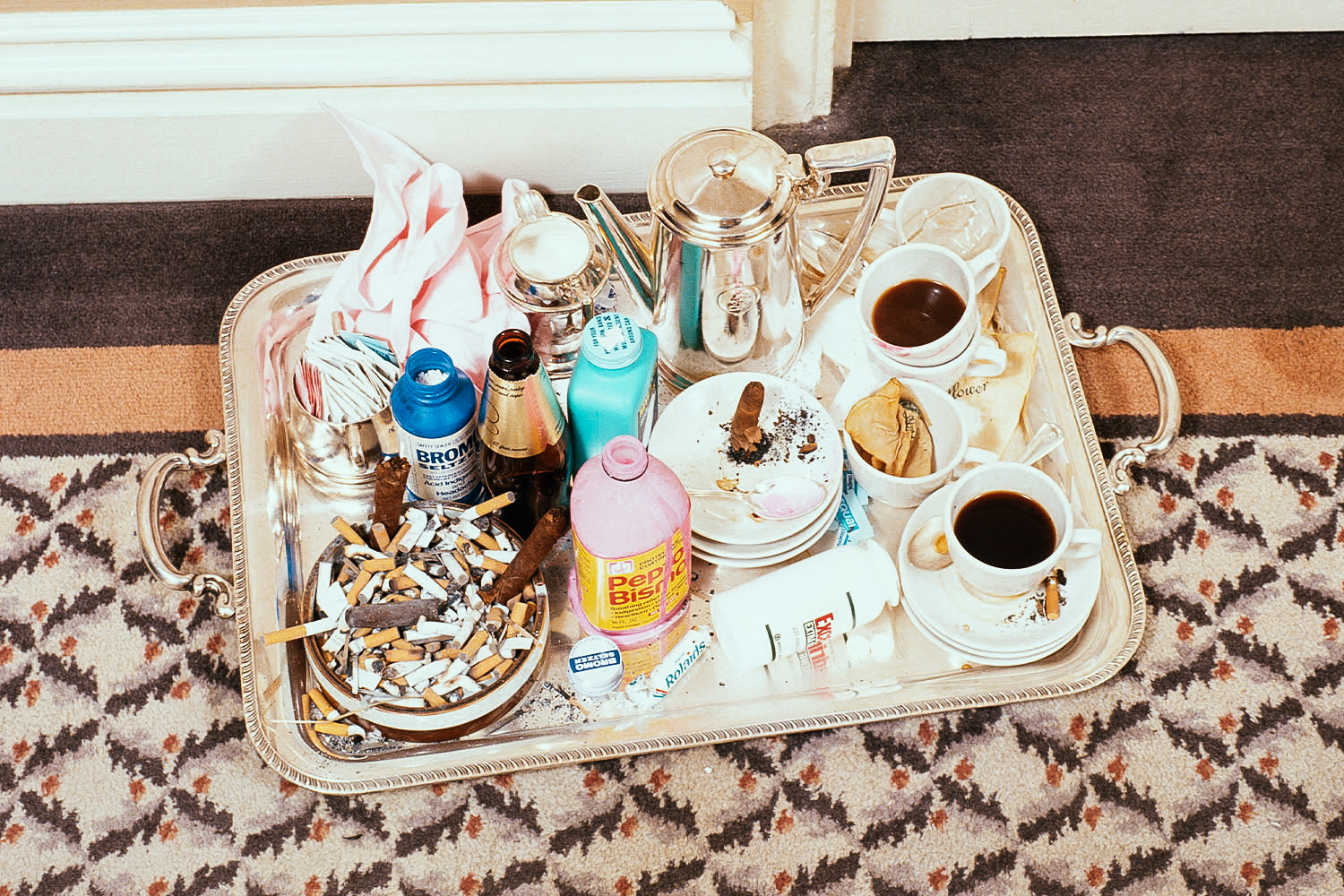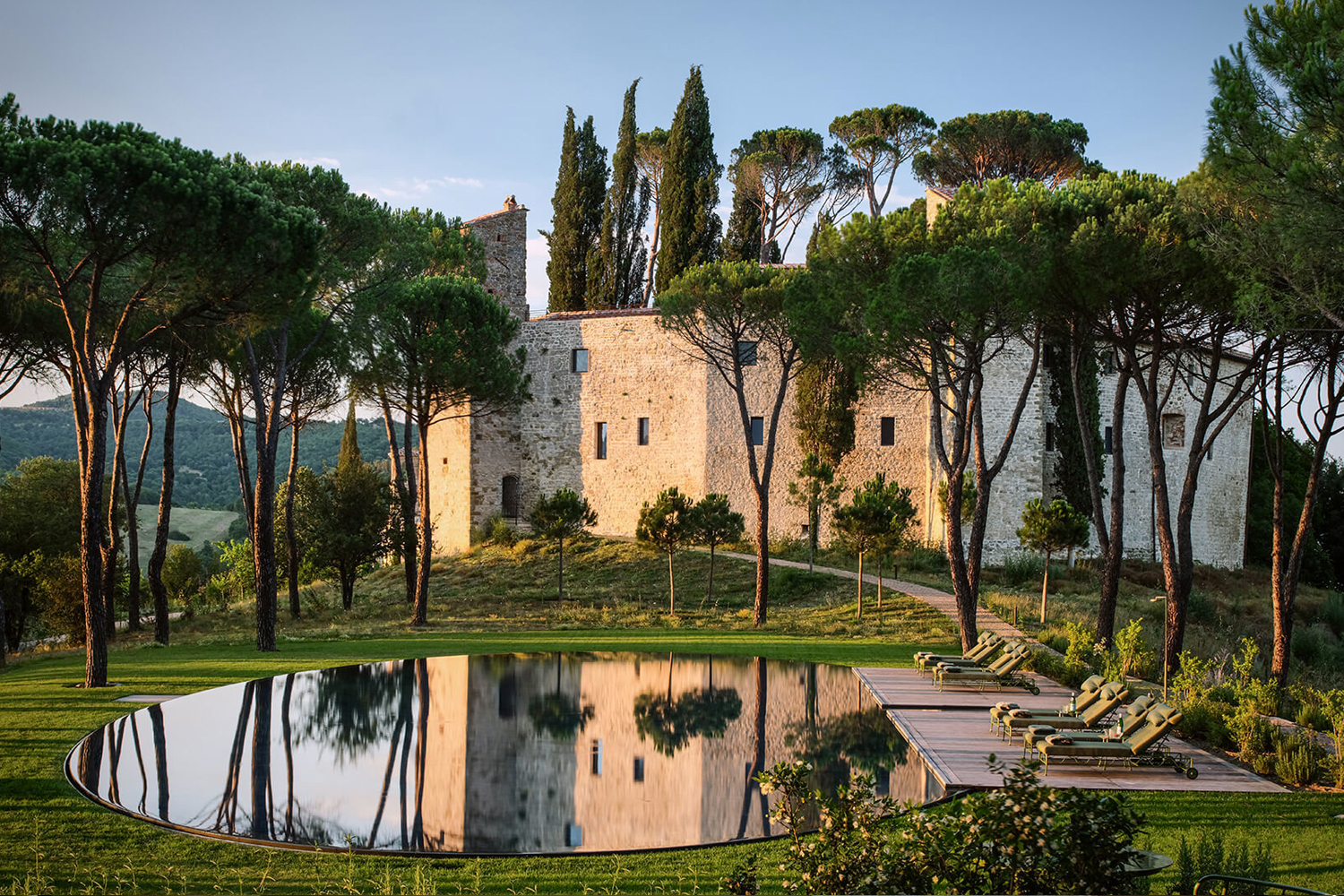It seems like every brand in the travel space has its own group or club. The arrangement usually works like this: download their app, agree to receive 24 emails every week for the rest of your life, and get complimentary wifi so slow you end up turning it off. That said, I’m a firm believer in the EMRPM theory — Every Mile and Reward Point Matters — and strive to maximize my benefits from such associations: Marriott Bonvoy, IHG, Hilton Honors. Pick your poison.
Navigating the enormous hotel chains is straightforward enough, but moving through the realm of independent hotel organizations or associations is another, far more confusing matter. The Leading Hotels of the World. Small Luxury Hotels of the World. Relais & Châteaux. Preferred Hotels & Resorts. On and on down the line we could go.
What exactly are these groups, how do they differ from one another, what do you need to know about them, and most importantly, is there a way to leverage them to your own jet-setting benefit?
Sorting Through the Hotel Group Clutter
“The average consumer, even the high-end sophisticated ones, have no idea that Leading Hotels of the World (for example) is a sales and marketing organization — they just think it’s an award proving the hotel is the best best best,” says Geoffrey Weill, the founder of Geoffrey Weill Associates, a luxury travel and tourism public relations firm.
A quick Google search shows that Weill is correct, of course. From LHW’s Wikipedia page: “The Leading Hotels of the World, Ltd. is a marketing organization, representing more than 400 hotels in over 80 countries.” This isn’t to denigrate The Leading Hotels of the World, though: their properties have to meet a rigorous set of standards, including what they say is an 800-points inspection. It’s only to say that joining the club isn’t quite the same as winning a impartially, meritocratically judged award.
What a properly curated collection does, then, is bestow each member property an aura of quality and style assurance. “Similarly so with Relais & Chateaux, which automatically provides a realistic and reliable stamp of chic and approval,” Weill says.
That’s what the best associations are really all about: setting a consistent standard. While most of these groups do offer member perks, particularly for bookings made directly through them, the real benefit isn’t the late checkout, the upgraded room or the spotty free wifi — it’s the reliability of the brand itself. Find a group which matches your vibe, and you don’t need to spend another second evaluating which property you should be booking for that upcoming trip. Instead, you can close your eyes, along with the myriad browser tabs you have open for research, and confidently trust in the group, resting easy in the knowledge that any of their member hotels will be aligned with your travel preferences.
It’s the conveyance of confidence which matters most to both the members of these luxury hotel groups as well as the travelers who rely upon them. “They are important to the hotels who believe it will help them get business,” Weill says. “They help consumers by providing a confirmation that the hotel is ‘worthy.’”
For Weill, it’s Leading Hotels of the World, Relais & Châteaux or bust. But there’s a seemingly huge array of different associations. For instance, your credit card might even support one, as is the case with American Express’s Fine Hotels & Resorts. The service works with more than 1,200 properties and is focused on booking perks: free breakfasts, early check-ins, late check-outs and so forth.
Virtuoso, which is a network of 20,000 travel advisors, also works with a lineup of more than 1,400 hotels and resorts. These luxe properties aren’t part of an exclusive Virtuoso collection, though, and can be a part of the mega-chains or other associations as well. When you book with Virtuoso, you’ll receive perks like welcome amenities or on-site credits on top of whatever membership bonuses the property itself already offers.
Another important point is that we are distinguishing these associations from single brands or micro-chains, whether they have a few or a few dozen properties. You might be team Four Seasons or Ritz-Carlton, or maybe you ride or die with Belmond or Montage, but these are, again, single brands, not collective groups.
There are also a number of small, highly curated luxury collections worth knowing. Names like Red Carnation, the Doyle Collection, Oetker Collection and Auberge Resorts, for instance. “I think these smaller groups provide a much more reliable promise of excellence or charm,” Weill says. “As does Aman, of course. I don’t think consumers get involved with the hairline difference between ‘brands’ and ‘groups.’ They simply know that Aman, Auberge and Red Carnation hold the promise and reputation of excellence and individuality.”
Still, for the purposes of this particular exercise, we’re looking at the types of associations which encompass hundreds of independent properties, lending a certain prestige to their individual hotel members, rather than a single brand’s assorted outposts. Let’s dive in.

Relais & Châteaux
Relais & Châteaux, which translates to inns and castles, is the first name that comes to mind for many travelers when thinking about high-end, independent properties. And the association remains top-notch. Founded in 1954 in France, which remains the group’s strongest locale, the group now includes more than 560 hotels and restaurants across 67 countries, as well as a collection of more than 600 private villas. In terms of modus operandi, Relais & Chateaux members are said to be local anchors with exceptional service and hospitality, with an emphasis on the human aspect of their operations.
Number of properties: 560+
Regions of interest: Europe. In particular France, with 149 of its properties.
The one property to rule them all: Domaine Les Crayères in Reims, a fairy tale estate leaving you in the lap of luxury in Champagne, with the 2-Michelin-Star Le Parc restaurant on-site.
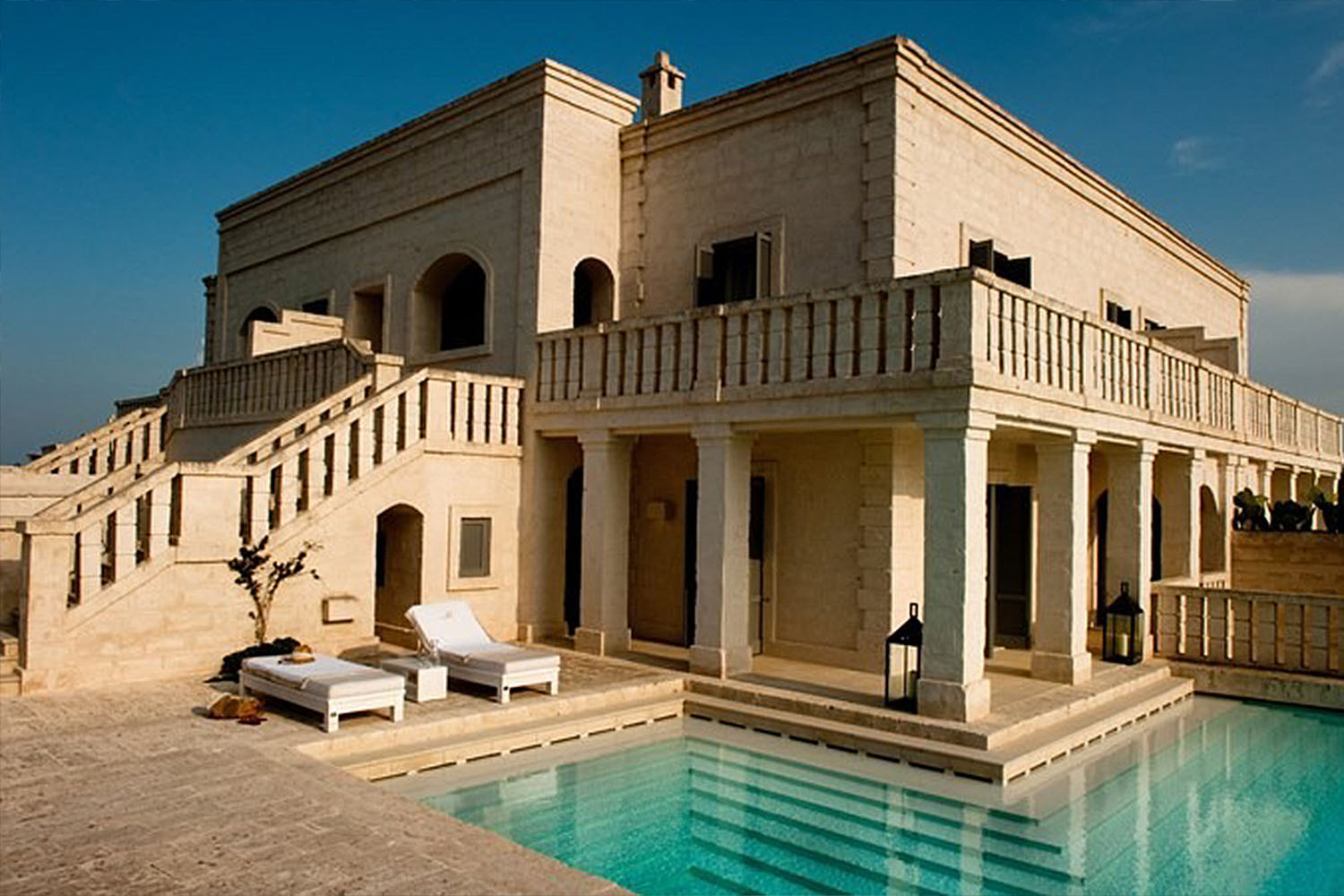
The Leading Hotels of the World
LHW is one of the originals and, appropriately enough, remains one of the leaders of the pack. Founded in 1928 by European hoteliers, the group now includes more than 400 hotels in 80 countries, with continental Europe remaining its strongest suit. Prospective new hotel members have to be referred in for consideration by existing members, and represent not only a standard of luxury, but what the association says are “remarkably uncommon attributes.”
Number of properties: 400+
Regions of interest: Europe and Asia
The one property to rule them all: Borgo Egnazia, an immersive masseria in Puglia, Italy, or if we’re being honest, Laucala, a 3,500-acre private island in Fiji with 25 villas.

Small Luxury Hotels of the World
SLH uses the tag-line “anti-chain and anti-same” to describe their approach. And for them, size does matter. Their hotels average just 50 rooms, ideal for the traveler who wants to be as far removed from mega-resorts as possible. Properties range from secluded getaways to hidden gems in historic city centers and everything in between, while emphasizing unique, boutique properties, with personalized, bespoke services. A total of 520 hotels in 90 countries are in the portfolio.
Number of properties: 520
Regions of interest: Europe, the Caribbean and the Americas
The one property to rule them all: Le Barthélemy Hotel & Spa, a property epitomizing the swanky, sultry side of St Barts.
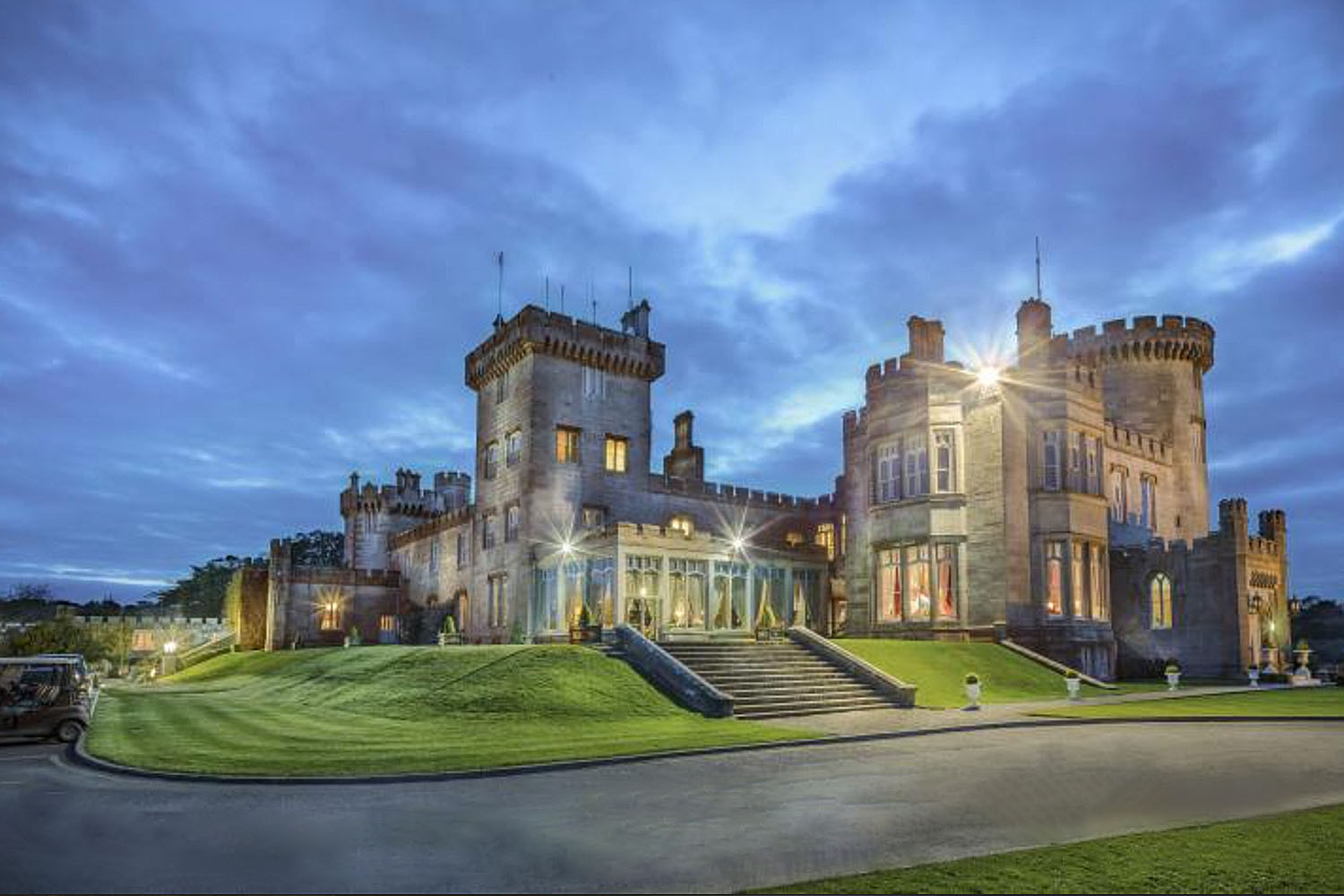
Preferred Hotels & Resorts
Preferred Hotels & Resorts is the world’s largest independent hotel brand. The group showcases more than 700 hotels in its lineup, spanning 80 countries. Founded in 1968, Preferred Hotels separates its portfolio into five categories: Legend, LVX, Lifestyle, Connect and Preferred Residences, with Legend representing the tippity top of their highest tier.
Number of properties: 700+
Regions of interest: North America, Asia/Pacific and Europe
The one property to rule them all: Dromoland Castle Hotel in County Clare, Ireland. Each man’s home is his castle … but this actual castle can be your home, for a few nights, anyway.
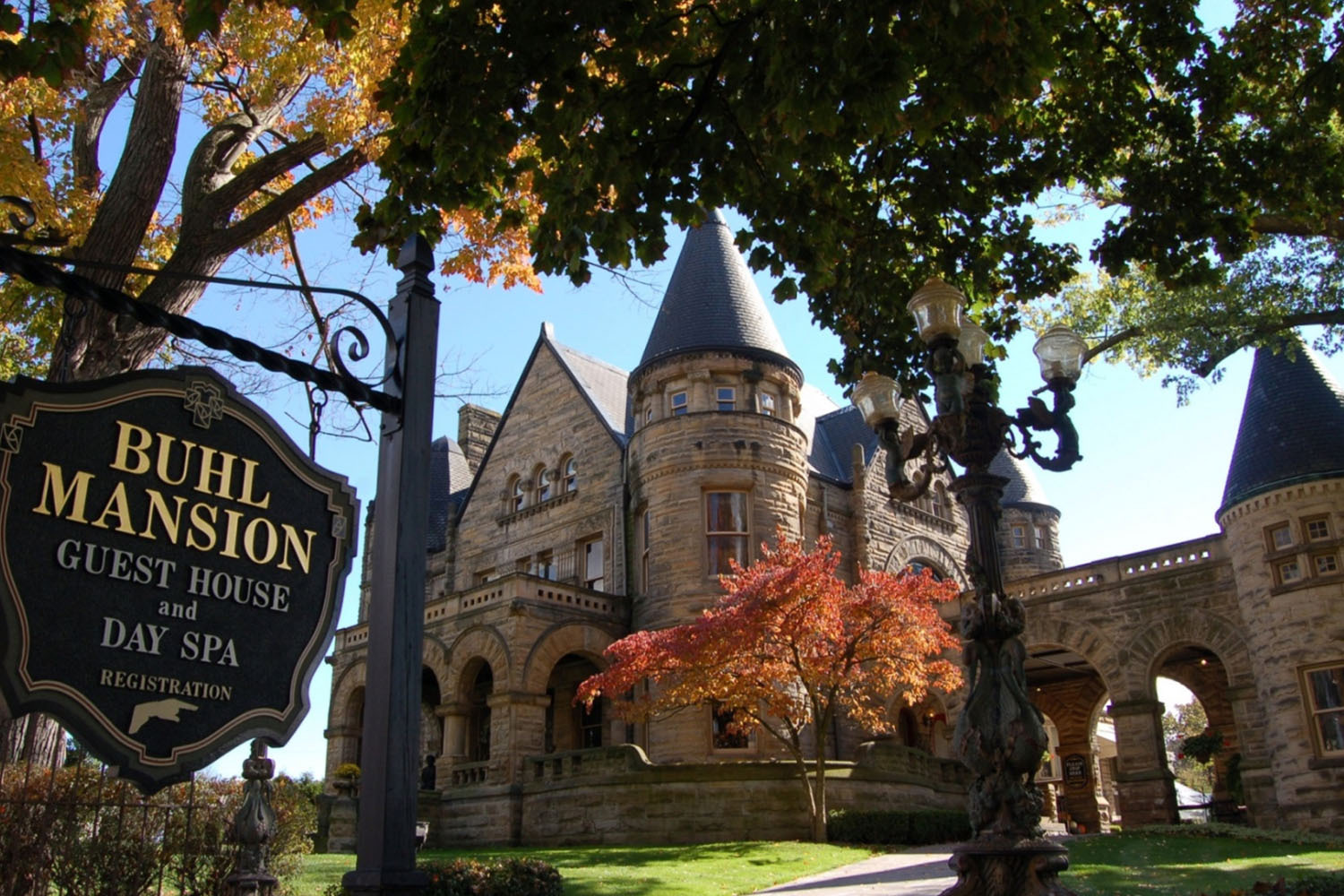
Select Registry
With more travelers continuing to opt for accessible locales and weekend getaways, it’s worth mentioning Select Registry, a collection of more than 300 bed and breakfasts, inns and boutique properties. Founded in 1972, the association was a game changer for vacationers of its era, and is just as relevant today, with personalized service and privacy more prized than ever.
Number of properties: 300+
Regions of interest: The United States
The one property to rule them all: Buhl Mansion Guesthouse & Spa, commonly cited as one of the country’s most romantic inns.
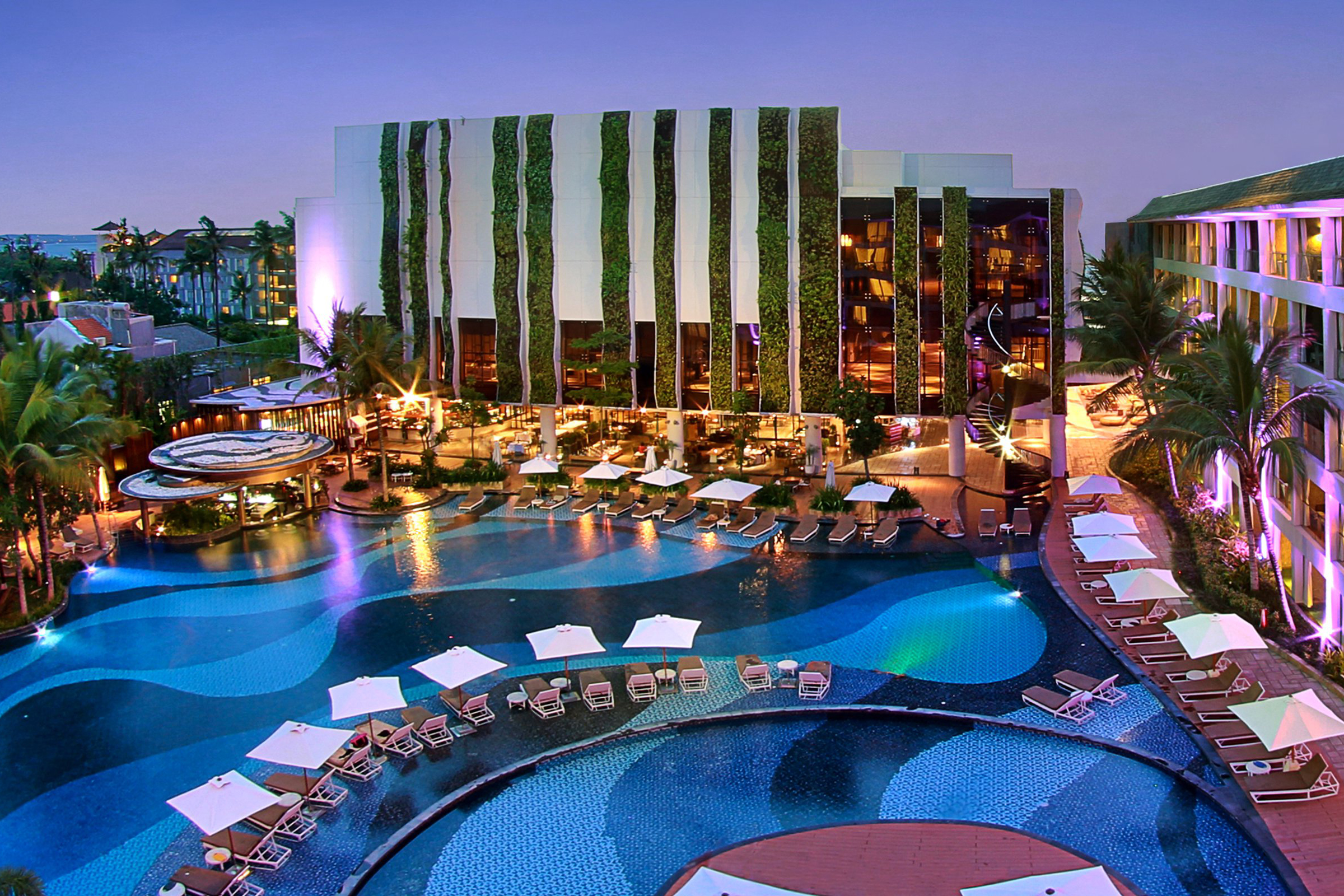
The Marriott Groups
While we’ve been primarily interested in independent hotel groups, it’s worth diving into several tiers within the Marriott family which in some ways more closely mirror standalone associations. Of course, key to these brands-within-a-brand is that you do still get the perks of the mother brand in terms of point accrual and redemption, while staying at a specific and intriguing subset of properties. It’s not specific to Marriott — Hilton has the Curio Collection, as another example — but their tiers are perhaps the most well-known.
The Luxury Collection: Despite being staunchly anti-chain, Weill concedes this lineup warrants a look. “I think the Luxury Collection does give a certain stamp of approval on which the consumer can rely,” he says. The Luxury Collection has 121 properties, predominantly in Europe and Asia. These are high-end and often historic hotels, with deep cultural and experiential connections to their home places. See: The Gritti Palace, a 15th-century palazzo boasting the prime positioning, the pristine styling and the see-and-be-seen clientele which epitomize Venice.
The Autograph Collection: The Autograph Collection represents a total of 231 independent hotels which are within the Marriott portfolio. Each has a signature story, its autograph, if you will, which sets it apart from the crowd. The group is North American-centric, with well over half of its properties located on the continent, but has noteworthy properties located globally, such as The Stones Hotel in Bali.
Design Hotels: Design Hotels is unique in that it represents 300 properties across 50 countries, only 120 of which are in the Marriott portfolio. Founded in 1993, Starwood later acquired a three-quarters stake in the group, and Marriott later acquired Starwood. Long story short, Design Hotels properties can essentially opt into the Marriott sphere. The association therefore remains somewhat an entity to itself, and accepts only about 5% of the hotels which apply to join, focusing on original visions and concepts, creative style and cutting-edge approaches. (As an aside, other independent groups often end up subsumed by the larger conglomerates. For instance, Two Roads Hospitality, which operated 74 hotels under brands such as Thompson and Alila, was purchased by Hyatt in 2018).
This article appeared in an InsideHook newsletter. Sign up for free to get more on travel, wellness, style, drinking, and culture.
